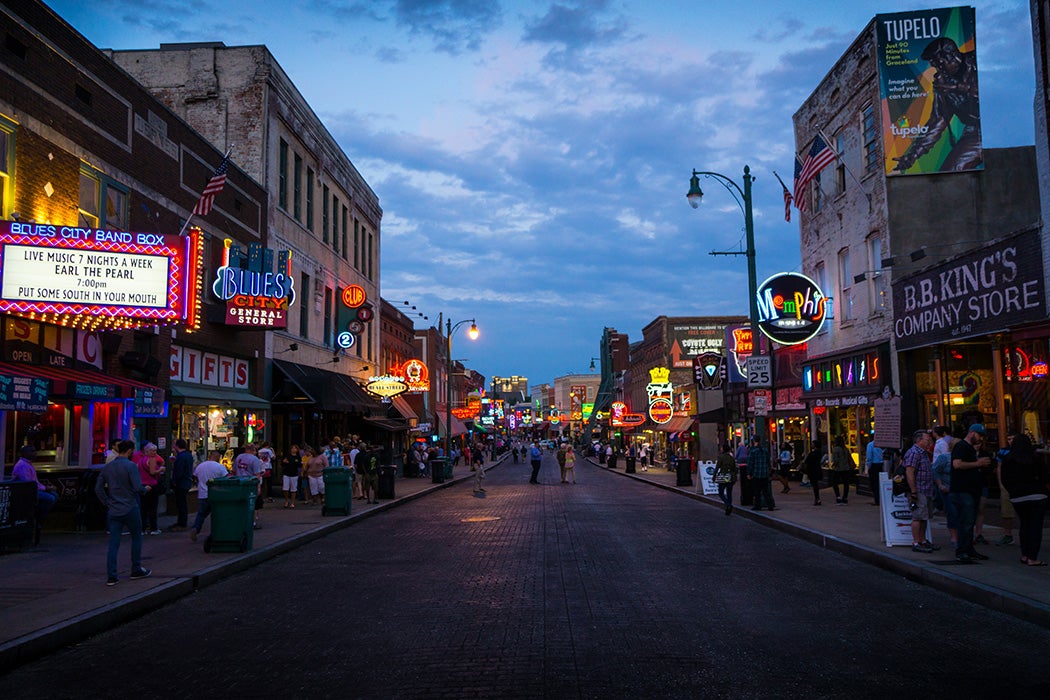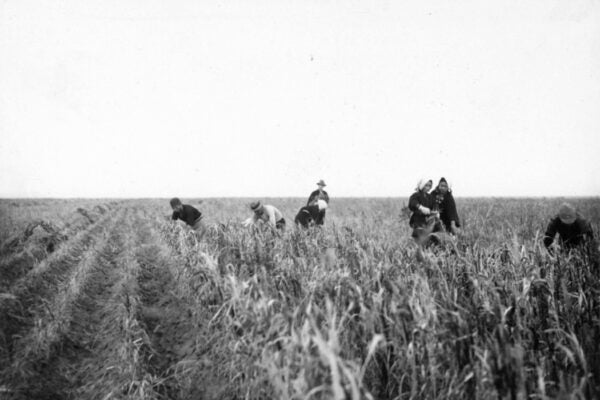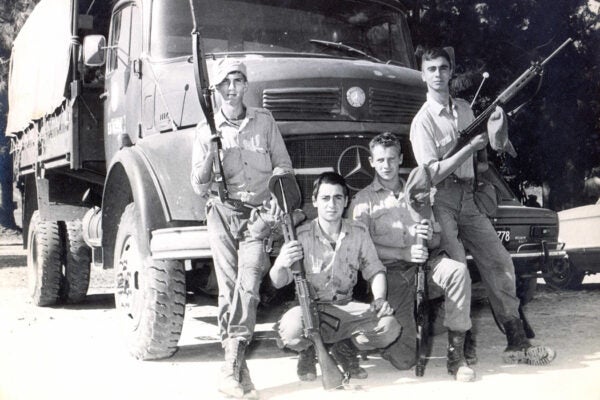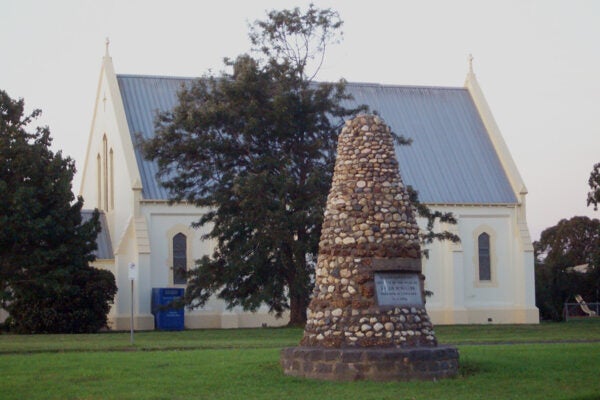Memphis is, for many, the absolute summit, a veritable Mount Olympus, of contemporary music. Were it not for the sounds that echoed around the barns, and then the streets and alleys of the city, the songs we download today could all sound so very different.
Yet, way before the blues and Elvis emerged, there were smaller mountains, more akin to mounds, being constructed in what is now Tennessee by the region’s earliest inhabitants.
From 800 to 1600 CE the area now engulfed by Memphis was populated by the Mississippian people, who began the earliest examples of organized husbandry of the land. Gregory Waselkov explains more in a 1977 issue of Agricultural History.
“Mississippian agriculture,” he writes,
was the climax of a developmental process which began three thousand years earlier with the first plant husbandry in the central Mississippi Valley. Corn and several other plants were grown in the highly productive prairie soils and tended with simple stone hoes. This intensive agriculture supported the complex society which built the great platform mounds of the southeast. By the time white traders and farmers entered the area, the culture of the Mississippians had faded, but their descendants, the “Civilized Tribes,” continued to practice the same style of agriculture, with only slight modifications.
The agriculture (the “Old Fields”) of the Chickasaw people was followed by the arrival of French explorers until, in 1796, the region became the westernmost area of the new state of Tennessee. The early decades of the following century saw Memphis establish itself as a city that prospered due to its nascent status as one of the great cotton hubs of the Americas, as Roger Biles explained in a 1988 issue of The Historian.
“The advent of the steamboat and the stimulus it provided for river commerce played a major role in the city’s growth,” he writes,
but most significant was the arrival of the cotton kingdom in the Old Southwest. As the “white gold” spread, Memphis buyers and factors forged transportation links with neighboring planters. Planked roads, the precursors of rails, brought the cotton crops to the Bluff City, where they would be loaded aboard steamboats for other destinations. Those same roads carried food and manufactured goods back to the hinterlands. Memphis became the largest inland cotton market in the United States as well as the major distribution center for a “mid-south” region extending into western Tennessee, eastern Arkansas, northern Mississippi and the bootheel of Missouri. Once the habitat of a few traders, Indians and visiting freshwater teamsters, the booming town increasingly sported a population of cotton merchants, bankers, wholesale grocers and, of course, slave traders.
Tensions in the city between Black and white citizens grew in the middle of the century, leading to one of the worst “race riots” yet seen in the South in 1866—today known as the Memphis Massacre. Social historian Altina L. Waller, writing in 1984, notes that the riot “has been neglected by historians. The few scholarly articles in existence,” she argues, “describe the brutality of the riot and discuss it in the context of races relations and political reconstruction, but none has examined the riot from the perspective of the participants themselves, rioters as well as victims.”
One of those few scholarly articles was written by Jack D. L. Holmes, who was one of the first to attempt to tease out the politics driving the violence in a 1958 analysis in the Tennessee Historical Quarterly. In his view, Reconstruction was at the heart of the problem.
during the first session of the Thirty-ninth Congress, [Massachusetts Senator] Charles Sumner, [Pennsylvania Representative] Thaddeus Stevens, and other prominent Radicals attempted to substitute their own plans for reconstruction. Many Radicals admitted their motive was essentially political. They hoped to keep the South out of the Union until the President recognized Congress’ power over reconstruction and the Radicals were assured of political ascendancy in the South.
The rioting that began on May Day 1866 and lasted for three days was, according to Holmes, triggered by two hacks colliding into each other. One driver was white, the other Black. The resulting fight between the two escalated and, as Holmes documents, “result[ed] in hundreds of persons wounded, five women raped, hundreds of robberies, and destruction. Over one hundred buildings were burned.”
The Freedmen’s Bureau Report on the Memphis Race Riots of 1866 notes that 48 citizens—46 Black, 2 white—were killed before the end of the violence. Waller’s research shows that the supposedly city-wide riots were mostly contained to a single ward.
“Not only were arson, assaults, rapes, robberies, and murders concentrated along South Street but close to a third of the rioters lived in the neighborhood,” she writes. Almost a third of the known participants lived along South Street from Fort Pickering to Echols Street. Another ten lived along Beale Street. South and Beale Streets were part of South Memphis, one of the city’s newer neighborhoods.
“While the entire economy of Memphis suffered from the complete collapse of the cotton trade in the first year of the [civil] war,” Waller writes,
it was this new, economically precarious neighborhood which was most directly confronted with the dramatic social and demographic changes which accompanied the capture of Memphis by Union forces on June 6, 1862. […] With the Union Army and thousands of [B]lack refugees came, at the close of the war, the Freedmen’s Bureau with its schools, courts, and hospitals, all located in or near Ward Six between Beale and South Streets. Although all Memphians must have been aware of these changes, it was Ward Six and specifically South Street which was most significantly altered. Residents of these wards…were responding to an immediate threat.
Amid this simmering, fevered atmosphere, a musical form that expressed the hardships of African Americans slowly began to took shape. Blues music entered the streets of Memphis from the cotton fields beyond and made Beale Street its fulcrum. Jennifer Ryan explores this fascinating journey in a 2011 issue of Ethnomusicology.
“Beale Street’s history goes back to 1841,” she writes,
but it was during the years after the Civil War that Beale became a center for [B]lack culture and music. W. C. Handy’s band was headquartered on Beale when he (according to his own claim) began the work of turning the blues from a traditional genre to a popular one…. The decades from the 1920s to the 1940s were its heyday—the street was home to clubs, shops, and apartments owned and run by African Americans, many of whom had migrated from the deep South.
It was the environment of Beale Street that inspired a young Elvis Presley to incorporate the sounds of blues music with the country and gospel sounds he grew up on to such incendiary affect in the early 1950s.
Yet, as Elvis became the biggest entertainer in twentieth-century history, and a slew of innovative record labels such as Stax and Royal set up shop in the city, political and racial tensions were never far from the surface, erupting in April 1968 when sanitation workers went on a wild cat strike.
As the febrile dispute, which quickly morphed into an extension of the Civil Rights struggle, intensified, catastrophic tragedy occurred, as Leila I. Hamdan explains in “Expanding the Narrative: Exploring New Aspects of the Civil Rights Movement Fifty Years Later.”
“On April 4, 1968,” Hamdan writes,
Charles Cabbage, along with other Invaders [a group of young, Black college students involved with the Civil Rights movement] met with Dr. [Martin Luther] King in his hotel room at the Lorraine Motel to discuss the racial tension and anger within Memphis’s poor Black communities. […] Moments after the Invaders left the Lorraine Motel, Dr. King was shot while standing on the balcony of his room. As promised, on April 8 the Invaders served as marshals at a rally and march for Dr. King, but this time it was led by his widow Coretta Scott King. On that day, the march remained peaceful and well organized. The Invaders would accept nonviolence as a tactic once more, when they served as marshals and security for the Poor People’s Campaign. Following the assassination of Dr. King, several leaders of the group moved or went underground…
Memphis in 2024 remains one of the poorer cities in the American South, though its draws for music lovers are immense. Elvis Presley’s home of Graceland is the second-most visited private residence in America after the White House. And while the city has long embraced tourism over cotton as a source of revenue, the back-breaking industry that propelled blues music is still extant.
But visitors from Oslo to Osaka visit Memphis as a Mecca for the rhythms that provided the bedrock for rock and roll, as the celebrated rock critic Albert Goldman explains in a 1991 issue of Conjunctions.
“The natural place to begin the study of the Memphis blues is Beale Street,” Goldman writes. Waxing nostalgic at length, he asserts that
[j]ust pronouncing the magic name is enough to flood the imagination with beguiling images. One pictures it on a Saturday night circa 1910, crowded with plow jockeys and parlor belles, river rousters and factory frills, pimps in box-back coats and “beautiful browns in flouncy gowns.” You envision blocks lined with gingerbread palaces and clapboard cribs; sporting houses filled with Creoles from New Orleans and gambling halls jammed with fancy men playing cooncan rummy. Rising like an invisible but palpable cloud around this lively tableau are the sounds of Beale—the jumbling of ragtime pianos with windup Victrolas, of shouting congregations with howling bluesmen, of strolling guitar pickers with scrounging jug bands—the South’s most celebrated symphony. Then, you take a walk down Beale today.
Beale Street of the 1990s was defined by “[b]lock after block of abandoned, boarded-over brick building,” Goldman writes. The “high times on Beale” ended on the eve of World War II, when word arrived from the federal government that a new Navy base would be built just north of Memphis…provided there was a crackdown on the revelry and crime, the profits of which were lining politicians’ pockets in the form of bribes.
Weekly Newsletter
Goldman emphasizes that Memphis’s greatest contribution to the blues wasn’t necessarily the music in the streets; it was the commercialization of the sound, the “local musicians and entrepreneurs…who translated successfully this musical patois into the idioms of mass entertainment” and allowed the music to travel—from Memphis to the world.
Cotton picking with enslaved laborers and the sharecropping system both belong firmly to the past, as do Jim Crow and other forms of racialized violence. The musical vitality and genius that grew up in parallel—despite of, as resistance to—these injustices nevertheless continue to cement Memphis’s status as a city rich in melodies both inspiring and incendiary.







